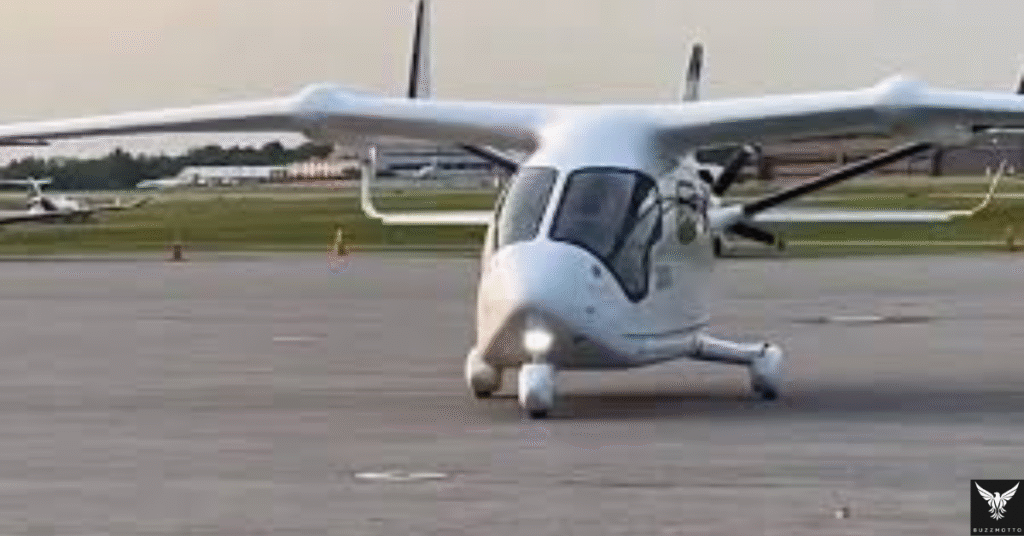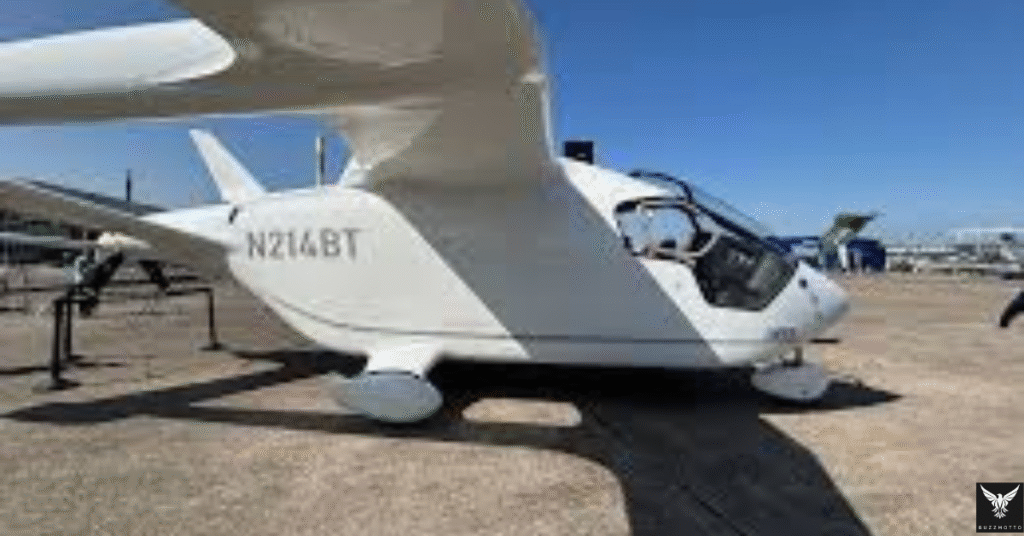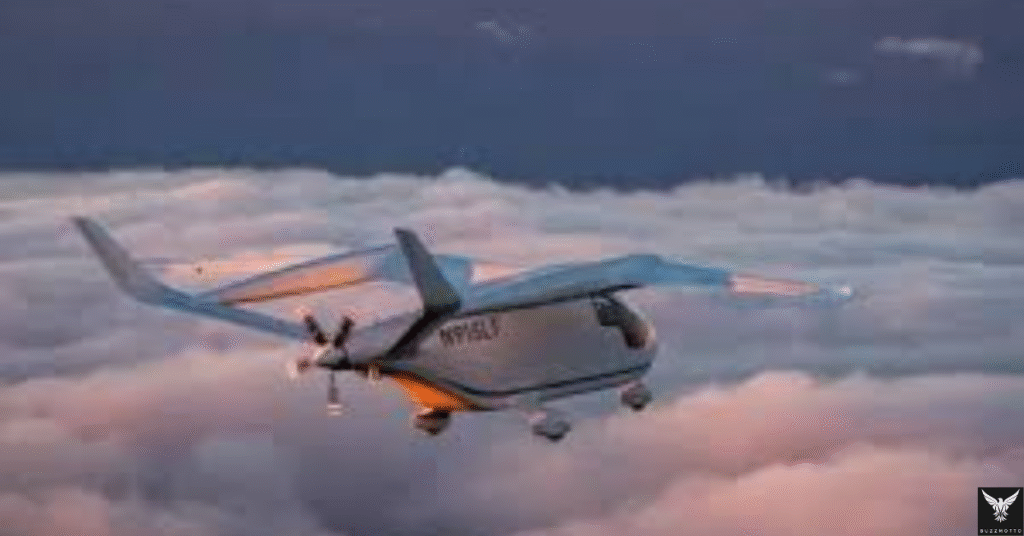Table of Contents
In a revolutionary step toward greener skies, Beta Technologies has successfully completed the first-ever passenger flight on a fully electric aircraft, covering a 130-kilometre journey in the United States at an operating cost of just ₹694 (around $8). This historic flight not only demonstrates the practical potential of electric aviation but also signals a major shift in how we might travel in the near future—cleaner, quieter, and dramatically cheaper.
The electric aircraft, named Alia CX300, carried four passengers on a 30-minute flight from East Hampton to New York’s JFK International Airport. The route, traditionally flown by helicopters, costs more than ₹13,000 ($160) in fuel. The electric plane’s journey, however, cost just a fraction of that—and with nearly zero noise and zero emissions.
A Quiet Revolution in the Skies
The aircraft, developed by Vermont-based Beta Technologies, represents years of dedicated innovation in electric flight. Unlike conventional aircraft, the CX300 produces no engine noise, allowing for smooth, peaceful journeys. Passengers on this historic flight noted how they could converse normally without the need to raise their voices, a stark contrast to noisy turbine-powered helicopters or planes.
This nearly silent flight experience could be a game-changer for short-haul business trips, especially in urban and suburban environments where noise pollution is a serious concern.
“Charging this thing up and flying out here cost us about $8,” said Kyle Clark, the founder and CEO of Beta Technologies. “Sure, there are other costs like the pilot and the aircraft itself, but the operating cost is drastically lower than traditional aviation.”

About the Alia CX300: A Glimpse Into the Future
The Alia CX300 is a sleek, all-electric aircraft designed for conventional takeoff and landing (CTOL). While it may look similar to modern small planes, what’s under the hood is a whole new frontier in aviation. Its battery system enables it to travel up to 250 nautical miles (approximately 463 km) on a single charge, making it a highly suitable option for intra-city and regional travel.
Key Specifications of Alia CX300:
- Range: 250 nautical miles (~463 km)
- Passenger capacity: 4 passengers (plus pilot)
- Flight time: ~30 minutes (for the test flight)
- Noise Level: Extremely low (near-silent in-cabin experience)
- Emissions: Zero tailpipe emissions
- Fuel Cost for Flight: $8 (₹694 approx.)
This innovative design is being positioned as an alternative to small planes and helicopters, especially for routes where quick travel is necessary but traditional aircraft are too expensive or polluting.
Economic Impact: Travel Costs Cut by Over 90%
One of the most exciting aspects of the CX300’s flight was its cost. A similar journey by helicopter or a small charter flight would cost at least ₹13,000 ($160) or more, largely due to fuel consumption and engine maintenance. With the CX300, the same distance cost just ₹700 ($8) in electricity. That’s a savings of over 90% in operating costs.
Even if you factor in pilot salaries and aircraft amortization, the long-term cost efficiency of electric aircraft is unmatched by fossil-fuel-powered counterparts.
This affordability opens doors for commuter air travel, regional tourism, medical transport, and even cargo delivery—all powered by clean energy.

Powered by Clean Energy, Backed by Strong Investment
Founded in 2017, Beta Technologies has become one of the leading names in the electric aviation industry. Recently, the company secured $318 million in funding to accelerate the development, certification, and mass production of its aircraft.
This funding is being used not just for the Alia CX300 but also for expanding charging infrastructure, pilot training, and certification programs in partnership with U.S. aviation regulators.
The Federal Aviation Administration (FAA) is currently reviewing the CX300, and full certification is expected by the end of 2025, paving the way for commercial operations.
What Comes Next? eVTOL and Urban Air Mobility
While the CX300 is designed for traditional runways, Beta is also working on the Alia 250 eVTOL, a version of the aircraft that can perform Vertical Take-Off and Landing. This model aims to serve as an electric air taxi in dense urban areas, eliminating the need for full runways.
eVTOL technology is being eyed as the future of urban mobility, offering the ability to fly across cities without contributing to air pollution or noise pollution.
Other companies, like Archer Aviation, are also entering the electric aviation race. Archer was recently selected as the official air taxi provider for the 2028 Los Angeles Olympics and plans to begin network operations by 2026.

Global Implications: Clean Skies and Green Cities
The implications of Beta’s successful flight go far beyond the U.S. This success showcases how electric aviation can solve critical issues related to climate change, urban congestion, and rising travel costs.
As the world shifts toward net-zero goals, industries like aviation—which are traditionally high in carbon emissions—must adapt. Electric aircraft offer a practical solution to reduce the aviation sector’s environmental impact while also making air travel more accessible and affordable.
For countries like India, where regional travel is on the rise and major cities suffer from extreme traffic congestion, electric air taxis and short-haul flights could be the next big transportation solution.
Challenges Ahead: Infrastructure and Certification
While this flight is a major step forward, electric aviation still faces challenges:
- Battery limitations: While the range is suitable for short trips, long-haul flights are still out of reach.
- Charging infrastructure: Airports will need specialized charging stations, especially in remote or smaller cities.
- Regulations: Certification by the FAA or DGCA in India takes time and must ensure strict safety standards.
- Public confidence: Many passengers are still unfamiliar with or unsure about flying in electric aircraft.
However, these challenges are not insurmountable. The success of this flight proves that the technology works—and now it’s only a matter of scaling it up and gaining public and regulatory trust.

A New Era of Air Travel Has Just Begun
The first electric passenger flight by Beta Technologies is not just a technical achievement—it’s a cultural and economic milestone. It proves that air travel can be affordable, sustainable, and quiet, all without compromising safety or convenience.
As we move further into the 21st century, the aircraft of tomorrow will not be fueled by fossil fuels but by innovation, clean electricity, and visionary design. The skies are clearing—both literally and metaphorically—for a greener, quieter, and more inclusive aviation era.
Frequently Asked Questions (FAQs)
What is the Alia CX300 and who developed it?
The Alia CX300 is an all-electric aircraft developed by Beta Technologies, a Vermont-based company focused on sustainable aviation. It is designed for conventional takeoff and landing and can carry four passengers with zero emissions.
2. How far can the Alia CX300 fly on a single charge?
The Alia CX300 has a range of up to 250 nautical miles (approximately 463 kilometers) on a full charge, making it ideal for short-haul regional flights and intra-city travel.
3. How much does it cost to fly in an electric aircraft like the CX300?
The operational cost for a 130-kilometer flight was just ₹700 ($8) in electricity. This is significantly cheaper than traditional aircraft, which can cost over ₹13,000 ($160) for the same route using jet fuel.
4. Is the Alia CX300 certified for commercial use?
As of June 2025, the CX300 is undergoing FAA certification, with full approval expected by the end of the year. Once certified, it will be ready for commercial passenger and cargo operations.
5. What are the main benefits of electric aircraft compared to traditional planes?
Electric aircraft like the CX300 offer several advantages:
Lower operating costs
Zero emissions
Near-silent flight
Less maintenance
Better for urban and regional air mobility
These features make them a sustainable and cost-effective alternative for the future of aviation.
Stay tuned to buzzmotto.com for more..


kdmwldewvfvtwzsnqegtxewrvgjxnt